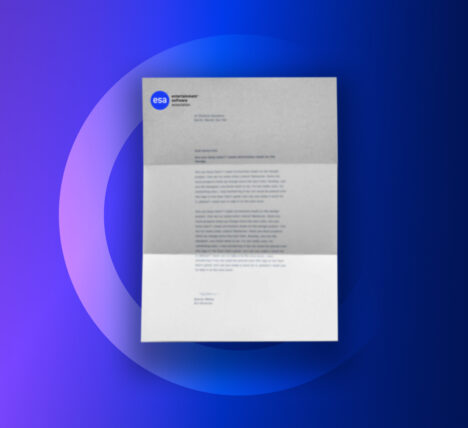By Stanley Pierre-Louis, President & CEO, Entertainment Software Association
Ten years ago this month, the U.S. Supreme Court issued its landmark decision recognizing the application of the First Amendment to video games. The 2011 ruling – known officially as Brown, Governor of California v. Entertainment Merchants Association (EMA)/Entertainment Software Association (ESA) – struck down a 2005 California statute that attempted to regulate the sale and rental of so-called “violent” video games to minors. In its 7-2 decision, the Supreme Court made clear that video games are entitled to the same constitutional protections as other long-recognized forms of artistic expression:
“Like the protected books, plays, and movies that preceded them, video games communicate ideas—and even social messages—through many familiar literary devices (such as characters, dialogue, plot, and music) and through features distinctive to the medium (such as the player’s interaction with the virtual world). That suffices to confer First Amendment protection.”
This decision established a bedrock principle that our industry has fought hard to reaffirm in the years since: namely, that video games unequivocally represent the best in free speech and artistic expression.
Ten years later, video games are dominating the entertainment landscape. One in three people on the planet play video games. And, as our research shows, video games entertain over 214 million Americans and generate high-paying jobs for hundreds of thousands of Americans.
First Amendment protections have enabled our industry to push boundaries of creativity and innovation. Today, video games are an integral part of our social and cultural fabric, providing people with new ways to play, learn, tell stories and connect in real time. Research continues to show the many positive impacts of video game play on a player’s wellbeing.
And, in the wake of COVID-19, video games served as a source of joy and connection for people all over the world in uncertain and unprecedented times.
What’s more, the technological innovations generated by our industry have served as the basis for breakthroughs in other fields like education, healthcare, science and manufacturing. Video game development software is being used by automakers to power in-car displays. Scientists are using video games to crowdsource data and accelerate research. The medical applications of video games, including a game to treat ADHD in children, have even been approved by the FDA.
These advances are a byproduct of the innovation, creativity and freedom of expression that have always defined our industry. Of course, misguided efforts and attempts to regulate and suppress the stories told through video games may continue. Still, thanks to the Supreme Court’s decision and the protections afforded video games under the First Amendment, the video game industry can and will continue to thrive for years to come.



